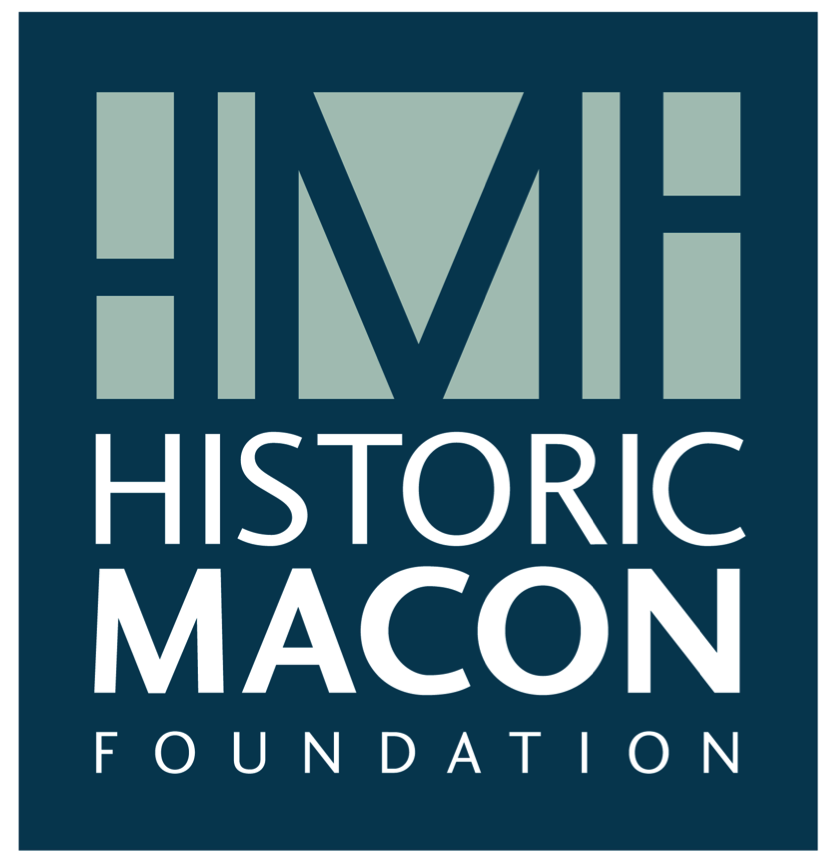You’d have to forgive Louis Persley if he had occasional bouts of identity crisis.
He was born in Macon in 1890 and died in 1932. You’ll find his first name spelled both “Lewis” and “Louis” in different registries. Census records from 1900, 1910 and 1920 spell his family’s last name “Pearsley,” “Parfley” and then “Persley.” There are even variations in his middle name (Hudson/Hudison).
A Macon street named for him (or his family) is spelled “Pursley,” and that’s how his name reads on his gravestone in Linwood Cemetery, where he is buried.
Louis Persley
But make no mistake. There was never any confusion about his talent in his chosen field, architecture. And that was at a time when such an achievement was virtually unheard of for a person of color. In fact, the Macon native was the first registered black architect in Georgia. It happened 100 years ago, on April 5, 1920.
Still, few people have ever heard of Persley. One reason is that there’s not a lot of information out there about him.
“He’s still obscure in history,” said Muriel McDowel Jackson, the head genealogy librarian and archivist at Washington Memorial Library. “We have black history, but we don’t have all of black history. We’re still learning information about people.”
(Jackson also told us about Wallace A. Rayfield, who was born in Macon in 1874 and also went on to become an architect. He designed the famous 16th Street Baptist Church in Birmingham, Ala., that was bombed in 1963 during the civil rights movement.)
Persley grew up in the Pleasant Hill neighborhood, now a historic district. His mother and father, Maxie and Thomas, lived with their four sons at 215 Madison St., although it’s now 122 Madison St. thanks to a recalibration of street addresses decades ago.
Persley attended public schools in Macon and then headed to Lincoln University, a historically black university near Oxford, Penn. He graduated from Carnegie Institute of Technology with an architecture degree in 1914.
Robert Robinson Taylor
Tuskegee Institute in Macon County, Alabama — now Tuskegee University — offered him a teaching job. (“He still had to come back south to practice,” Jackson said.) He taught mechanical drawing until 1917, when he volunteered to fight in World War I. (A man named Robert Robinson Taylor was director of the college’s Mechanical Industries Department at the time. Remember that name.)
When Persley returned from the war, he was promoted to head of the Architectural Drawing Division.
He hadn’t been at Tuskegee long when he designed a new building for the First African Methodist Episcopal Church in Athens, one of just a few projects he ever had in Georgia. (The church began as Pierce’s Chapel in 1866, during Reconstruction, and is thought to be the first congregation in Athens that black families forged after the Civil War.) A marker erected there in 2006 tells the story.
Marker outside the First A.M.E. Church in Athens
He designed the Chambliss Hotel in 1922 and helped with the seven-story Colored Masonic Temple in Birmingham, a Renaissance Revival building that was dedicated in 1924. There are also references to Atlanta jobs and design work on a two-story brick-and-stone funeral home in Macon.
But he really made his mark at Tuskegee, designing many of the campus’s iconic buildings, several of them while working in partnership with his colleague, Robert Taylor, during the last decade of Persley’s life. Taylor & Persley Architects may have been the country’s first-ever formal partnership of two black architects.
In 1921, the two men completed their first building for the campus, James Hall, a dorm for nursing students. Among the others were Sage Hall, a dorm for young men where the Tuskegee Airmen would later live; Logan Hall, which merged athletic and entertainment facilities; the Armstrong Science Building; and the Hollis Burke Frissell Library.
An early rendering of Logan Hall
In a short YouTube video “The Persley House: An Architectural Gem in Tuskegee,” Persley’s granddaughter, Linda Kenney Miller, tells viewers about the house that Persley designed for his second wife, Phala Harper. He completed his final design for the home, located near the university, just months before he died, and he didn’t get to see the finished product.
Louis Persley’s granddaughter, Linda Miller.
“Mr. Persley is another of these unsung heroes,” Miller says in the 3-minute video. “History has remembered Robert Taylor and not Louis Persley. … They were great compatriots and they worked together on so many projects. It’s a mystery to me.”
Persley died July 13, 1932, while hospitalized for kidney disease, and they held his funeral at Logan Hall. But he accomplished much before his death at a young age, like so many other renowned Macon residents over the years.
“We should remember that Macon produced two African-American architects” during those turbulent years, Jackson said, “proving that anyone can become anything.”






